
We partner with bada$$ companies that offer products that help our readers achieve their goals! If you purchase through our partner links, we get paid for the referral at no additional cost to you! Read our disclosure for more info.
Writing a clear and compelling mission statement can be the difference between success and obscurity.
A mission statement is more than just a string of words; it encapsulates the essence of your organization, guiding your strategic decisions and inspiring your team.
It serves as a beacon, illuminating the path toward your company’s goals and values.
But what makes a mission statement truly effective? Without sounding like corporate mumbo jumbo?
In this article, we will dive into what a mission statement is, why it’s important, and we’ll provide a ton of great mission statement examples for you to use for inspiration.
These mission statement examples showcase how leading companies articulate their purpose and drive their success.
At the end, we’ll also provide a free mission statement template to help you create or refine your own!
Table of ContentsA mission statement is a concise declaration of an organization’s core purpose and focus.
It’s a key component of a company’s identity, serving as a guiding principle for all business activities and decision-making processes.
At its core, an effective mission statement typically addresses:

“To accelerate the advent of sustainable transport by bringing compelling mass market electric cars to market as soon as possible.”
This comprehensive statement includes Tesla’s:
Unlike a vision statement, which outlines long-term aspirations, a mission statement focuses on the present.
It articulates the company’s current purpose and how it aims to serve its stakeholders.
The importance of a well-crafted mission statement cannot be overstated.
It serves multiple crucial functions:
It’s worth noting that while a mission statement should be enduring, it’s not necessarily permanent.
As companies evolve and adapt to changing markets, their mission statements may need to be revisited and refined to ensure they remain relevant and accurate.
In the following sections, we’ll explore numerous examples of mission statements from various industries, analyzing what makes them effective and how they contribute to each company’s success.
Below are some of the key elements that make a mission statement truly effective, but keep in mind that you don’t have to have ALL of these elements to have a good mission statement.
They serve as more of a guideline for good elements to include:
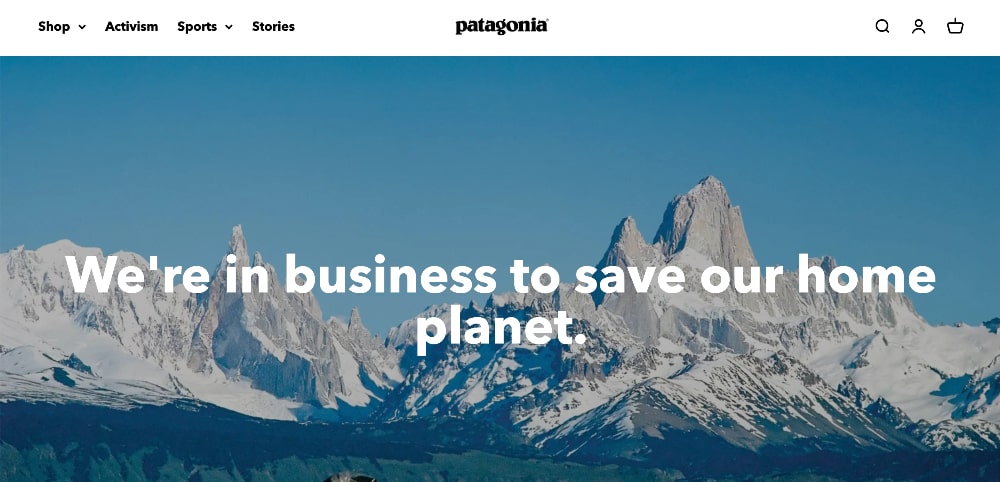
“We’re in business to save our home planet. At Patagonia, we appreciate that all life on earth is under threat of extinction. We aim to use the resources we have—our business, our investments, our voice and our imaginations—to do something about it.”
This mission statement is concise, action-oriented, inspirational, memorable, and unique.
Again, your mission statement doesn’t have to include every single one of these key elements, but you can use them as a guideline when writing your own mission statement.
These successful mission statement examples can provide valuable inspiration for crafting your own.
Here’s a diverse collection of effective mission statements from various industries:
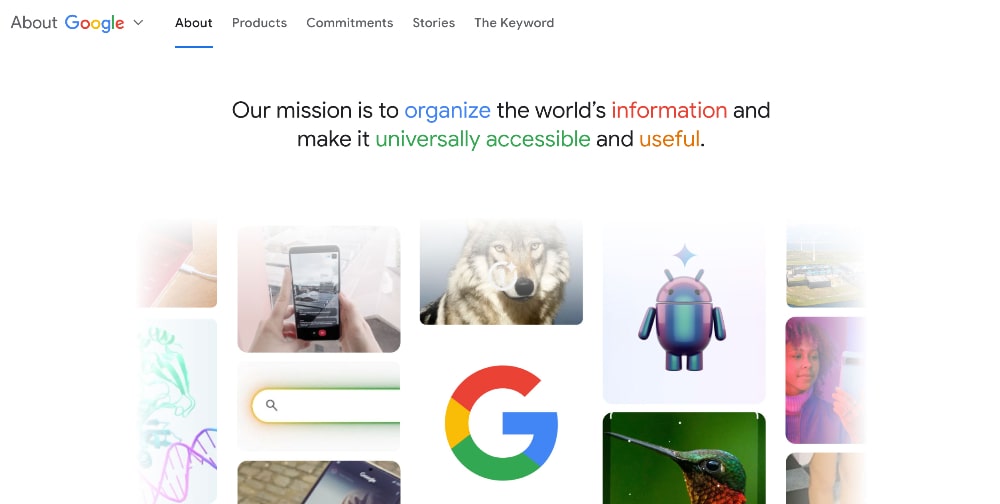
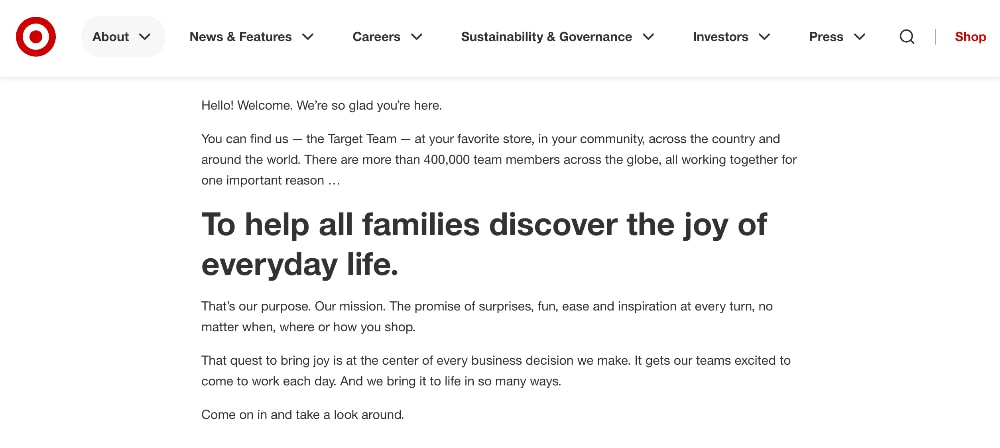
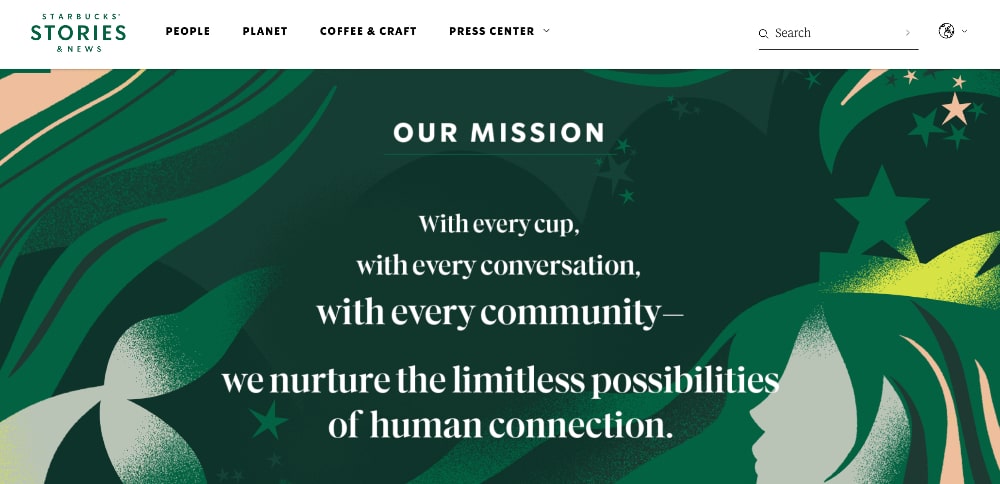
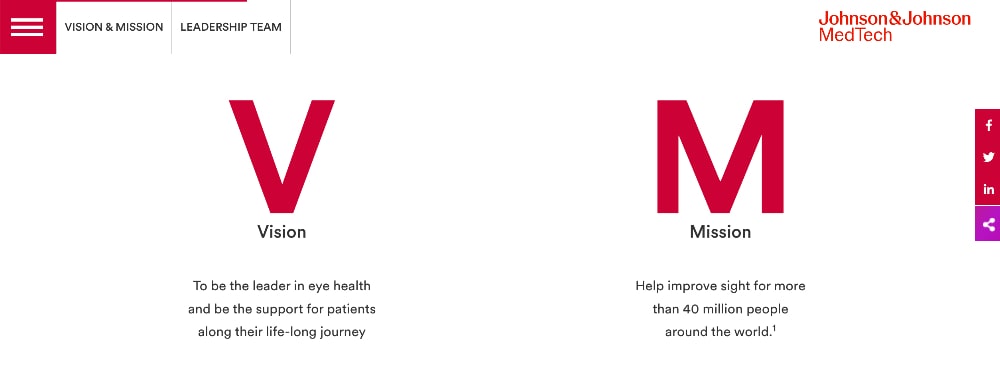

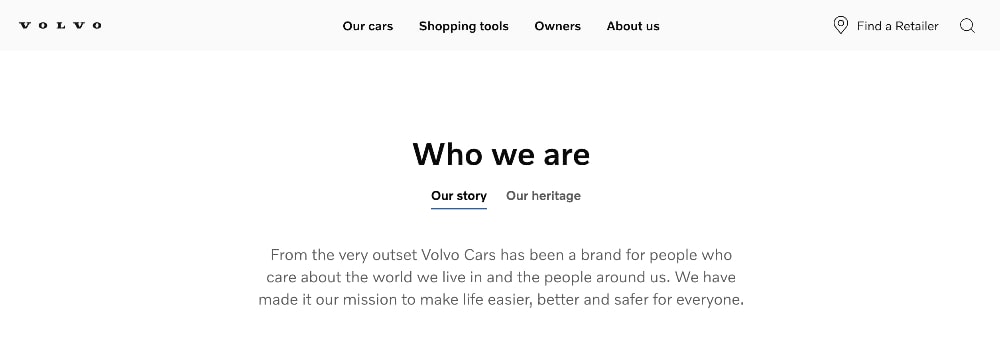


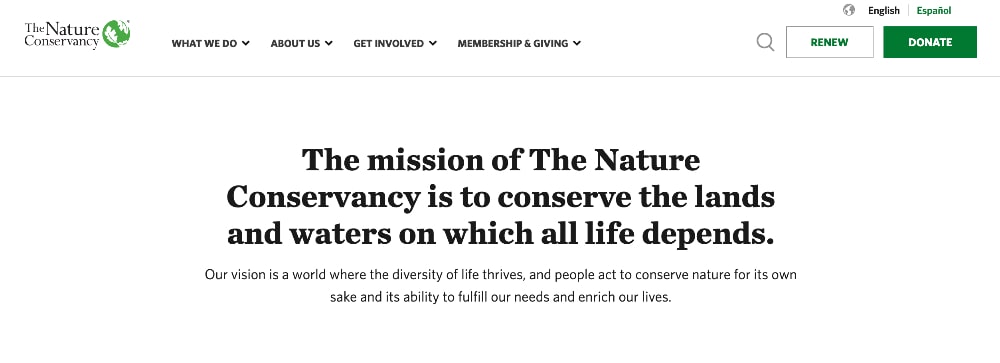
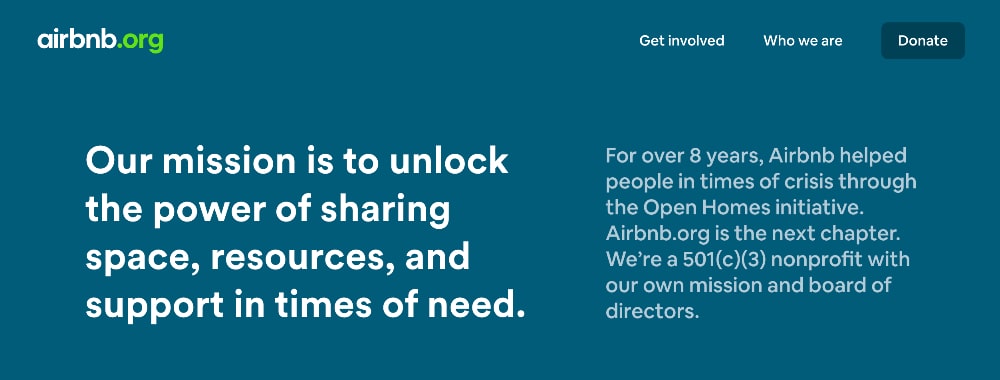
Crafting an effective mission statement is a crucial step in defining your organization’s purpose and direction.
Here’s a step-by-step guide to help you create a compelling mission statement.
This crucial first step involves deep introspection about your organization’s fundamental reason for existence. Take time to consider and discuss the following key questions:
Go beyond surface-level answers like “to make money.” Dig deeper into the value you provide to society or your industry.
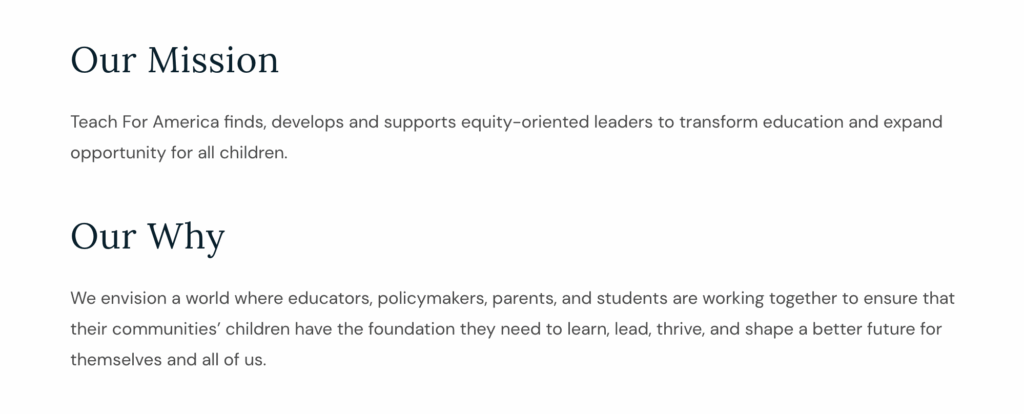
Identify the specific pain points or needs your products or services address. How do you make your customers’ lives better or easier?
Consider your company’s special strengths, innovative methods, or distinctive philosophy that sets you apart from competitors.
Think about the broader influence your organization aims to have, whether it’s in your local community or on a global scale.
Identify the principles that guide your decision-making and shape your company culture.
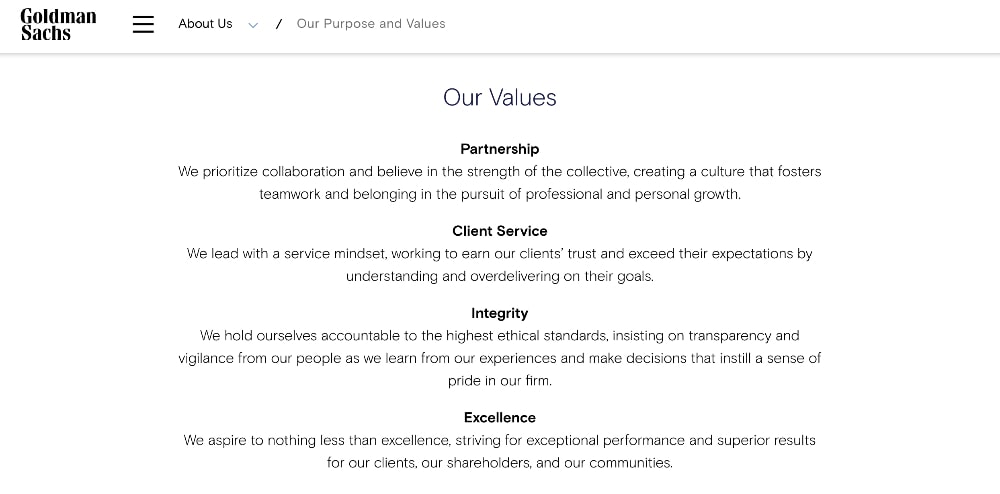
Consider all stakeholders, including customers, employees, partners, and the wider community.
Remember, this reflection should capture the essence of why your organization exists beyond just making a profit.
It’s about identifying your company’s unique contribution to the world and the driving force behind your work.
This core purpose will serve as the foundation for your mission statement, ensuring it’s authentic, meaningful, and truly representative of your organization.
Identifying your key stakeholders is crucial because it ensures your mission statement resonates with all groups essential to your organization’s success.
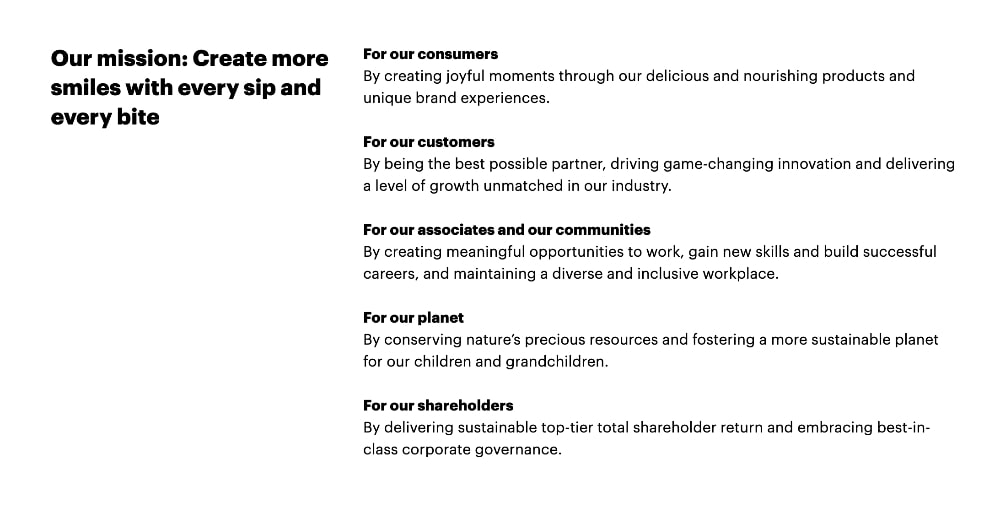
By understanding and addressing the needs and expectations of various stakeholders, you create a mission that not only guides your company’s actions but also fosters buy-in and support from customers, employees, investors, and the community.
This alignment between your mission and stakeholder interests can lead to stronger relationships, increased loyalty, and ultimately, greater organizational success.
Consider who your mission statement needs to resonate with:
Remember, a strong mission statement should help each group understand how they fit into your organization’s broader goals and values, fostering a sense of connection and shared purpose.
A clear value proposition is the cornerstone of an effective mission statement. It’s the unique promise of value that your organization delivers to its customers and stakeholders.
To define your value proposition, ask yourself:
“What do we offer that is truly unique and valuable?”

Consider the problems you solve, the needs you meet, and how you do it differently or better than others. This isn’t just about your products or services, but about the overall experience and impact you create.
Examine your organization from multiple angles:
Your value proposition should be specific, measurable, and meaningful to your target audience. It should reflect not just what you do, but why it matters.
A strong value proposition also isn’t created in isolation. Engage with your customers, employees, and other stakeholders to understand their perceptions of your value.
Their insights can help you articulate a proposition that resonates authentically with your audience and aligns with your organizational purpose.
Now that you’ve reflected on your purpose, identified stakeholders, and defined your value proposition, it’s time to craft your mission statement.
This is where you distill all your insights into a clear, concise, and powerful declaration.
Start with a strong action verb that captures the essence of what you do. For example, “empower,” “transform,” or “innovate.” This sets a dynamic tone for your statement.
Keep your statement brief and to the point. Aim for one to three sentences or about 20-100 words. Remember, a concise statement is more likely to be remembered and repeated.
Make sure that your draft includes:
Avoid jargon or overly complex language. Your mission statement should be easily understood by anyone who reads it, from employees to customers to the general public.
Don’t worry about perfection at this stage. Write several versions, experimenting with different phrasings and emphases. You can refine and polish in the next steps.
You can also use an AI tool like Claude to help you write your mission statement. Just make sure to give it as much relevant information and context as possible so that it provide good outputs.
Once you have a draft of your mission statement, it’s time to critically evaluate and polish it.
Start by reviewing your draft against these key criteria:
Take time to reflect on each word and phrase. Ask yourself if they truly capture the essence of your organization. Be ruthless in eliminating any unnecessary or vague language.
Consider the tone of your statement. Does it align with your brand voice? Is it too formal or too casual for your intended audience?
It can be helpful to create multiple versions of your statement and compare them. Sometimes, seeing different options side by side can highlight which elements are most effective.
Finally, read your draft aloud. A good and concise mission statement should flow naturally and have a rhythm that makes it memorable.
After refining your mission statement, it’s important to gather input from a diverse range of perspectives. This step ensures your statement resonates with different stakeholders and accurately represents your organization.
Start by sharing your draft with:
The goal is to get a well-rounded view of how your mission statement is perceived.
Make sure to ask specific questions when seeking feedback, such as:
As you collect feedback, pay attention not just to the content of the responses, but also to emotional reactions. Sometimes, the way people respond can be as informative as their specific comments.
Look for patterns or common themes in the feedback, especially if you receive conflicting opinions.
Once you’ve written your mission statement, it’s crucial to integrate it into every aspect of your organization.
A well-utilized mission statement can drive decision-making, inspire employees, and communicate your purpose to stakeholders.
Here’s how to effectively use your mission statement:
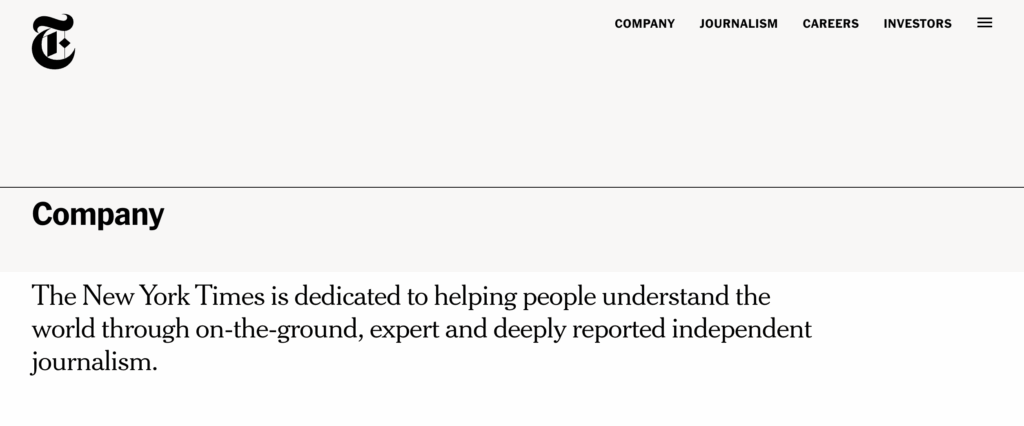
Use your mission as a touchstone when setting long-term goals and making strategic decisions.
Every major initiative should align with and support your mission.
Encourage employees to consider the mission in their day-to-day work. It should influence how tasks are prioritized and executed.
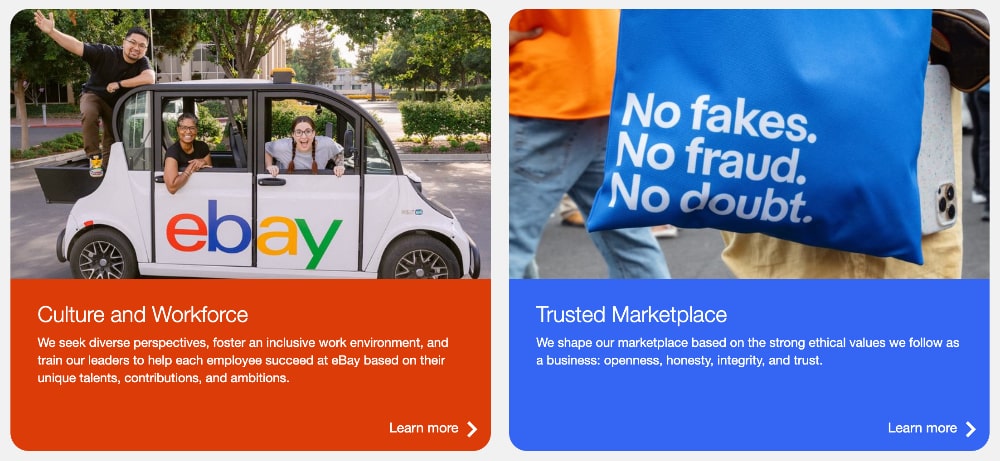
Incorporate your mission into onboarding processes, team meetings, and company events. It should be a living part of your organizational culture.
Let your mission inform your marketing strategies and brand messaging. It should be reflected in how you communicate with customers and the public.
When considering new projects, partnerships, or expansions, use your mission as a filter to assess their alignment with your core purpose.
Regularly remind staff of the mission and how their roles contribute to it. This can boost motivation and create a sense of shared purpose.

Feature your mission prominently in job postings and during interviews. It can help attract candidates who resonate with your purpose.
Ensure new products or services align with and further your mission. It should inform innovation and development processes.
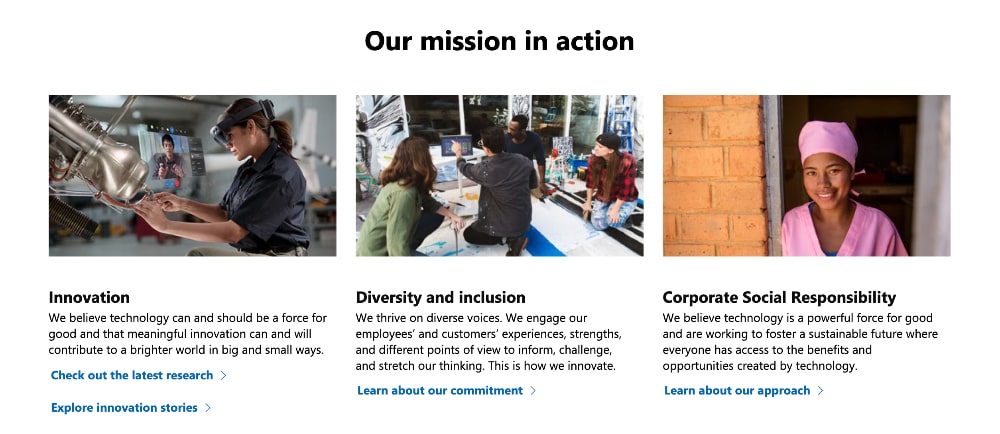
Base your CSR initiatives on your mission to ensure they authentically represent your organization’s values.
Develop key performance indicators (KPIs) that reflect progress toward fulfilling your mission. These can complement traditional financial metrics.
Use your mission in annual reports, investor communications, and public statements to consistently articulate your purpose.
Remember, your mission statement is not a static document but a living guide for your organization. Regularly revisit and reinforce it to ensure it remains central to your operations and culture.
By actively using your mission statement, you create a more focused, aligned, and purpose-driven organization.
Creating a mission statement can be challenging, but using a template can help structure your thoughts and ensure you cover all essential elements.
Here’s a customizable template to guide you in crafting your mission statement:
[Your Organization Name] exists to [core purpose] for [target audience] by [what you do/how you do it] in order to [desired impact/outcome].
“XYZ Tech exists to empower small businesses through innovative digital solutions, providing user-friendly tools and personalized support to help them thrive in the digital economy.”
Remember, this template is a starting point. Feel free to adapt it to best capture your organization’s unique purpose and values.
The most effective mission statements often deviate from strict formulas to authentically represent the organization’s voice and vision.
A good example of a mission statement is Google’s: “To organize the world’s information and make it universally accessible and useful.” This statement clearly defines the company’s purpose and goal, highlighting its commitment to providing valuable information to people worldwide in an accessible manner.
What are the 3 parts of the mission statement?The three parts of a mission statement are:
To write your mission statement, follow these steps:
Powerful words for a mission statement include:
Using these words can help convey a strong, positive, and motivational message in your mission statement.
Coming up with an effective mission statement is a crucial step in defining your organization’s purpose and guiding its future.
A well-written mission statement serves as a north star, aligning your team’s efforts, inspiring stakeholders, and communicating your unique value to the world.
Throughout this guide, we’ve explored the key elements of a strong mission statement, examined many mission statement examples from successful organizations across various industries, and provided practical steps for creating and implementing your own.
Remember that your mission statement should be:
Keep in mind that this is an iterative process. Revisit and revise your statement as your organization evolves.
The most effective examples of mission statements are living documents that continue to guide and inspire long after they’re first written.
Ultimately, your mission statement is more than just words on a page—it’s a powerful tool for driving your organization forward.
To further help you to write your own personal mission statement, we’ve compiled a list of valuable resources.
These resources offer deeper insights, alternative perspectives, additional company mission statement examples, and practical tools to support your mission statement development process.
Noah has been blogging since 2018. After studying business and finance, he decided to take his expertise to the blogging world and began working for Create and Go shortly after. Since then, he has become an SEO consultant and now a co-owner of Create and Go. You can most often find him on the YouTube channel or doing something adventurous outdoors when he isn't working. Read more about the team.